Have you ever wondered why some buildings look exciting and welcoming while others don’t? Every building looks different and affects people differently. However, what disdains beautiful buildings from ugly buildings is universal. This is the second part of the blog series "What makes a building beautiful". Click here to read the Part 1: Beauty and emotions.
Beautiful Buildings: A Moral Force
For a long time, architects and philosophers have claimed that beautiful buildings could make people righteous and happy. Alain de Botton writes, “Attractive architecture was held to be a version of goodness … and its ugly counterpart, a material version of evil … The moral equation between beauty and goodness lent to all architecture a new seriousness and importance.” There are numerous writers who have reported feeling relaxed and uplifted in churches and temples, or even in remains of them.
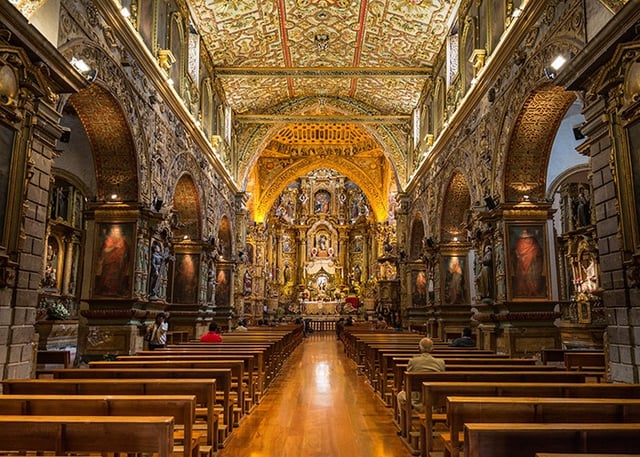 |
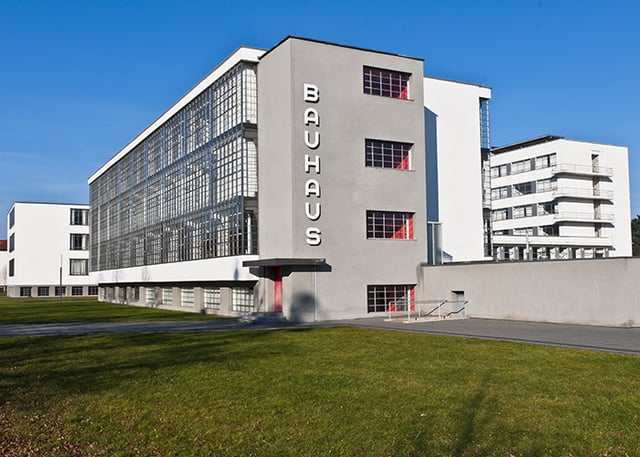 |
| Inside view of San Francisco Church in Ecuador | International style architecture from Germany |
For early International Style (and functionalism) architects: “a structure was correct and honest in so far as it performed its mechanical functions efficiently, and false and immoral in so far as it was burdened with non-supporting pillars, decorative statues, frescos or carvings.” as Alain De Botton remarks. The purpose for them is to make houses to look toward a better future and the achievement of simplicity and truth; many of them believed that they could design buildings and even cities to make their inhabitants morally healthier. High-rise public housing projects would not only bring light and air into dark, crowded slum neighborhoods. They would reduce crime and promote community. This turned out not to be the case, instead the projects became crumbling centers of violence, fear, and despair. In many cases not only were they designed to be as cheap as possible, but political corruption made them even cheaper. Material used and construction level was of poor quality. It was not long before elevators broke down, paint peeled, and roofs and windows leaked. People became anxious and depressed and suitable to become involved in drugs and crime. Within the next few decades many of these projects were deliberately demolished, both in America and in Europe.
Is beautiful building well designed?
The architects of the early and mid-twentieth century were keen to solve social problems and change the world. Many of their successors, have less interest in these values. Instead, they want to show off and surprise. Their employers are not local governments but the rich and their favorite institutions. As a result, Nathan Glazer claims, “Present-day modernism expresses itself in advanced and experimental architecture that has become reserved most typically for museums or cultural centers or concert halls where the architect can count on a sophisticated, elite client.” Such architects “design walls that cant and lean, roofs that bubble and heave, buildings that look as if they are instantly ready to take off into space or collapse in a heap of tin. They are not models for a city, only models for what the architect hopes will be truly astonishing, something to hit a nerve of contemporary excitement that he can exploit.” Glazer is not afraid to name these architects, these include: Frank Gehry, Daniel Libeskind, Zaha Hadid, and Peter Eisenman.
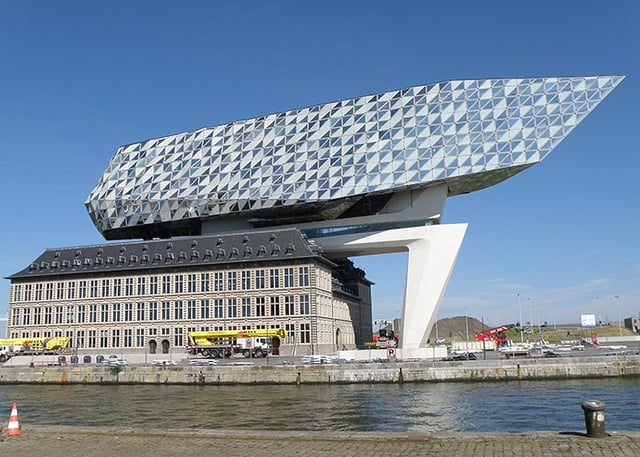 |
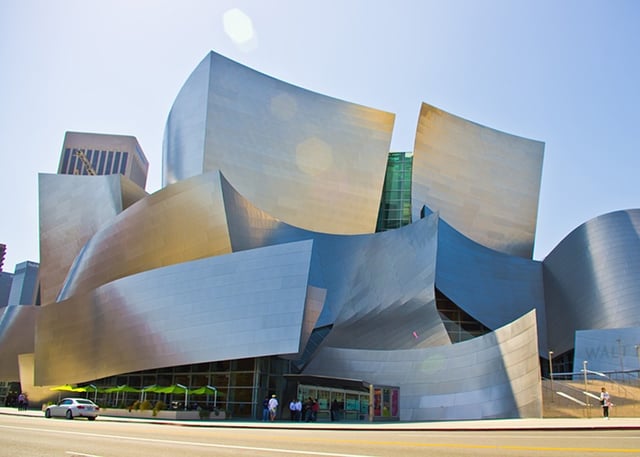 |
| Antwerpen Havenhuis designed by Zara Hadid, Photo by Torsade de Pointes | Walt Disney Concert Hall designed by Frank Gehry, Photo by Antoine Taveneaux |
These buildings are like pieces of art which we can admire, but it can be hard to live or work in them. It is also true with domestic architecture. The famous and charming octagon houses were popular in mid-nineteenth-century America, but they created problems within. Rooms were oddly shaped, and the central circular staircase of the original plan made it impossible to reach some bedrooms without going through others. Today, most people do not want to live in a house in which the floors and walls slope, or the rooms are triangular or oval. The necessity of making a floor plan intelligible is generally recognized, so that within even such an extremely innovative building as Frank Gehry’s Guggenheim Museum Bilbao there are level floors, vertical walls, and even some rectangular rooms.
The opposite of the virtuous effect of good design, of course, is the damaging effect of bad design. But even though unattractive, cheap, badly designed buildings appear to have a negative effect on people, beautiful buildings do not always make people happy or virtuous. For the average man or woman, however, the psychological influence of architecture appears to be significant. If we have the money and good luck to live in a beautiful building, we may become happier and perhaps even nicer as human being. But the attachment to our home that we develop, like all human attachments, is threatened by change and loss. We may also fear to commit our affections to a beautiful church or school or office, just as we may fear to commit to a human being, knowing that buildings, like people, may be destroyed by acts of God or man, and that they eventually fall apart.
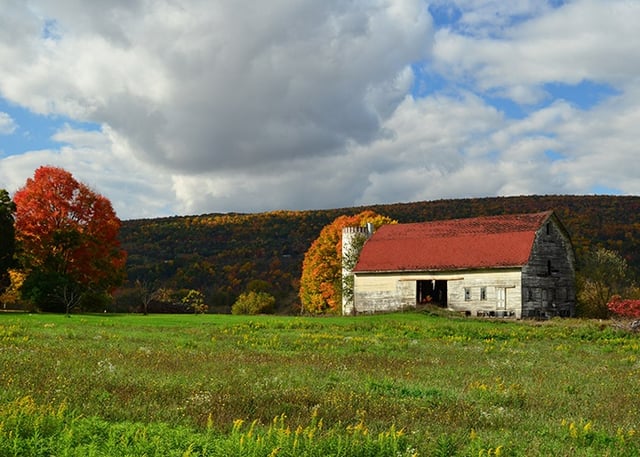 |
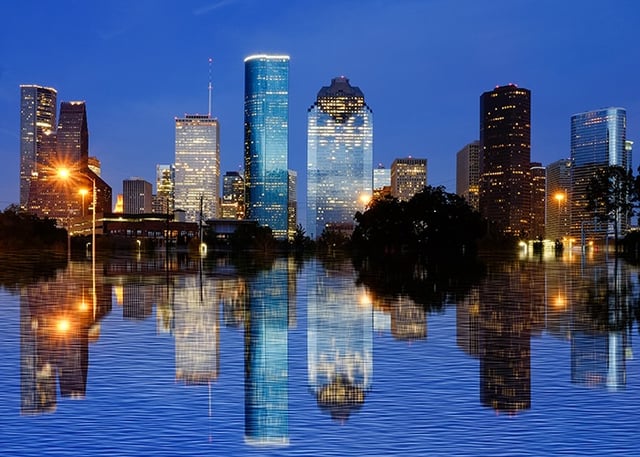 |
|
What we consider to be beautiful depends on the person. One would see the building on left to be beautiful and other would like the ones on the right |
|
What then is a beautiful building? A beautiful building is what you perceive to be beautiful, there is no right or wrong. People have different opinions on what is beauty and the saying “beauty is in the eye of the beholder” is true. However, there are guidelines or principles for beauty, 15 of them, and they are the life’s work of Christopher Alexander, a polyglot architect, professor, and author of several books about order and nature and such. For us, normal people, explaining what is beauty and beautiful buildings is impossible, we just know it when we see it.
Subscribe to our blog in order to receive our new writings as soon as it is published or contact us with your comments!


